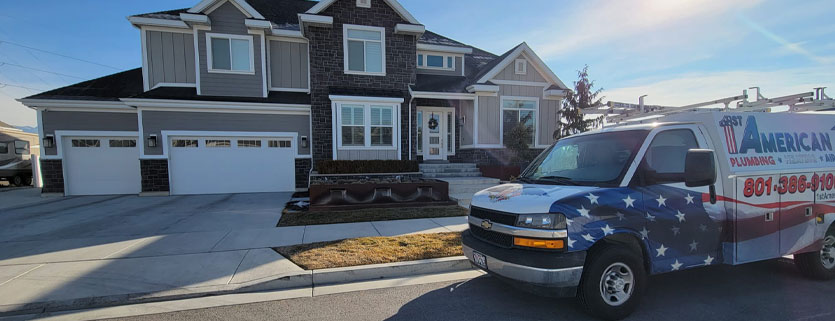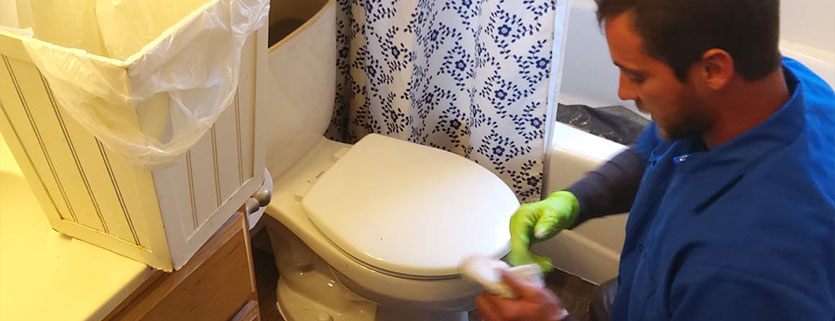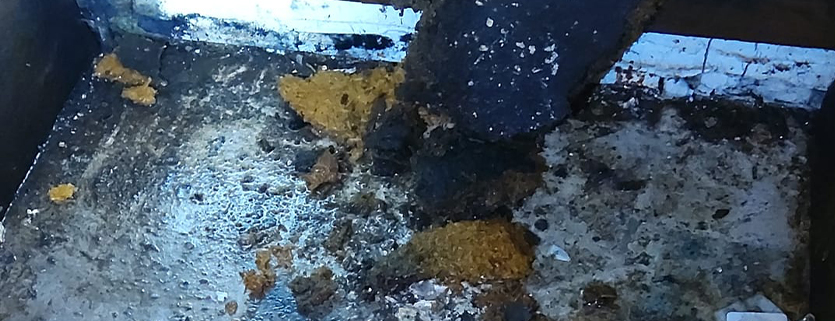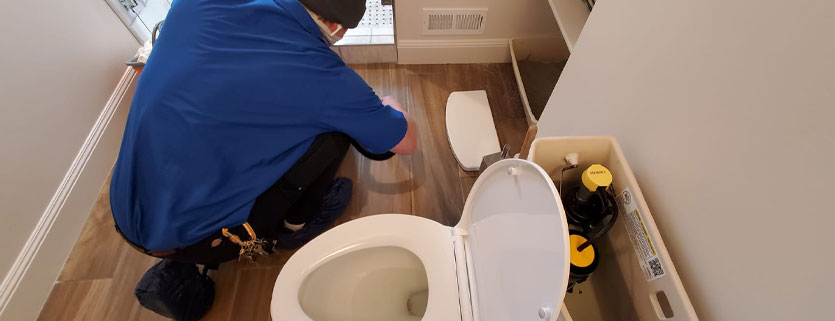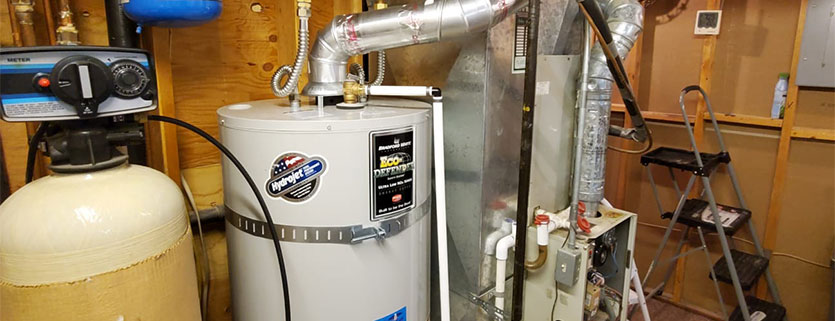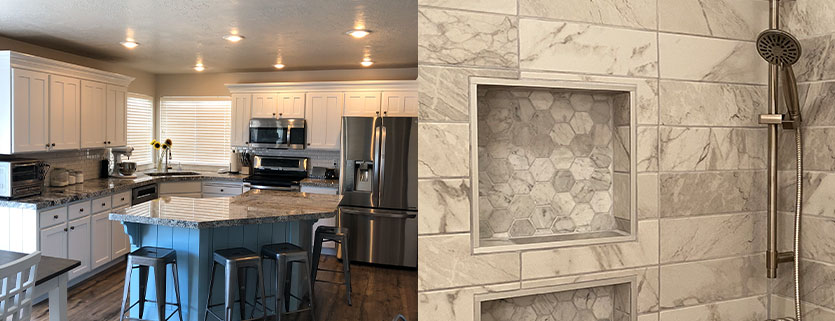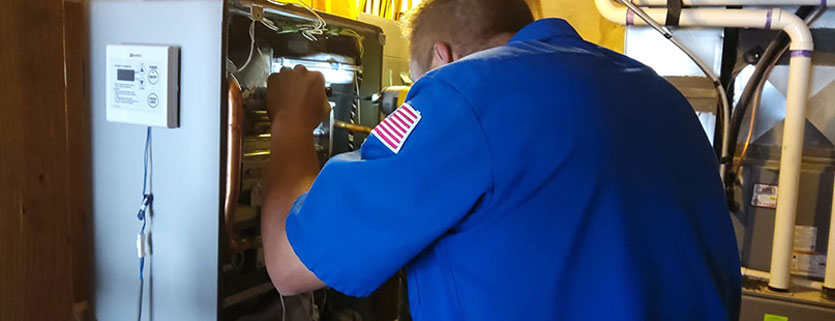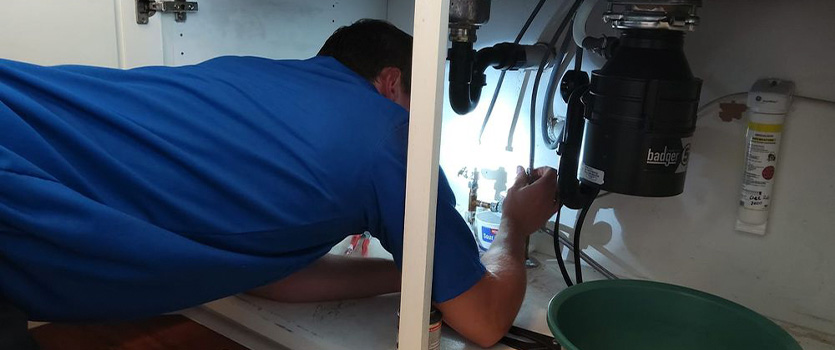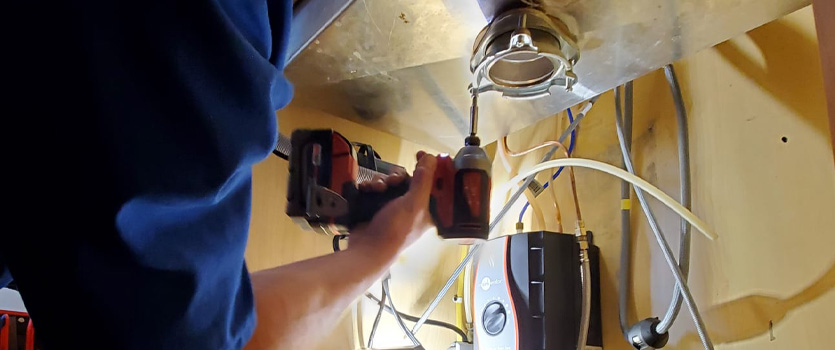Any time you ask an outside contractor to come into your home to perform services, you want to make sure you’ve chosen a highly qualified, reputable company who will work hard for you and your home. After all, you’re inviting their employees into your home, and you want to feel safe and well taken care of. So, what are the traits of a good plumbing company? We’ve compiled a list of traits for you to look for as you’re looking for Salt Lake City plumbing repair, so you can feel good about your choice in a plumber.
1. Experience
Just like you wouldn’t want someone performing surgery on you who isn’t medically qualified, you don’t want to choose someone to work on the plumbing in your home who isn’t experienced with various plumbing issues that can arise. The best plumbers in Salt Lake City will have the right equipment and the right knowledge to solve most plumbing issues.
One way you can judge a plumbing contractor in Salt Lake City is to check their online reviews. If high numbers of customers are leaving 5-star reviews with messages singing the praises of the technicians and the company, you can be assured they’re skilled plumbers in Salt Lake City. Reviews are a big way to validate the experience of the organization and its team members, which leads us to trait number two:
2. Reputation
What people say about a plumbing Salt Lake City company is worth its weight in gold. As we mentioned earlier, reviews are an easy way for you to learn a lot about the plumbing contractor Salt Lake City. It’s important they are providing only the best service to their customers and that their customers are comfortable enough to leave reviews. When a customer is over-the-top happy with the plumbing services that they received, they want to share their good experience with everyone. So check out those reviews on their website, on Google, and on social media.
Another way to evaluate the reputation of a Salt Lake City plumbing repair company is to pay attention to what their current and past employees and technicians say about their employer. A reputable plumber in Salt Lake City will treat their employees as good as they treat their customers.
3. Punctuality
Your time is important, and your Salt Lake City plumbing repair technician should respect it—which means being on time. Lots of plumbing companies give a window of service their technicians will arrive to your home, but a good plumbing contractor in Salt Lake City will set a precise time and arrive on time or early. Just because you’re needing service in your home, it doesn’t mean you need to be available all day from 8:00 am until 5:00 pm, waiting for plumbers to arrive.
If by rare chance the plumber can’t make it to your house on time, a quality professional Salt Lake City plumbing repair company will make sure to call ahead of time. When a company shows this type of professionalism, it shows you are working with a plumbing Salt Lake City company who values you as a customer.
4. Provide Estimates
When you’re anxious about a repair that needs to happen in your home, there’s nothing worse than an open-ended plumbing repair bill. Plumbing contractors in Salt Lake City should be able to provide any potential customer with an estimate of the work they recommend. This gives the homeowner time to decide on the upcoming repairs and look for additional estimates if they find that necessary.
Part of receiving an accurate estimate is understanding the rationale behind the price. The best plumbers in Salt Lake City put all of this information together and explain the estimate to their customers in detail, if needed. If you receive an estimate without any justification about the need or the why, you may not be dealing with a reputable plumbing contractor in Salt Lake City.
5. Friendly
The way a plumber behaves can reveal a lot about the person and the plumbing Salt Lake City company. When the plumbing contractor creates a friendly environment in the workplace, those attitudes carry forward into their customer’s homes. The best plumbers in Salt Lake City put their customers at ease and give them workable solutions, no matter the severity of the problem.
Customers feel comfortable with friendly, knowledgeable plumbers Salt Lake City. A reputable company won’t pressure you into making decisions or spending money. Instead, they’ll offer their opinions and inform you on your options, but they’ll leave the decisions up to you.
If a Salt Lake City plumbing repair company is friendly and honest, their customers will keep returning to them for all of their plumbing needs, and they’re happy to share their experiences with friends and others.
Now that you understand the important traits of a good plumbing company, you can hire a plumber in Salt Lake City without second guessing yourself and if you’re selecting the right plumber for your home. The quality plumbers at 1st America Plumbing, Heating and Air are here to answer any questions you might have about any upcoming plumbing repairs inside your home.
Whether you’re replacing a water heater, installing a water softner, or you’re considering hydro jetting your plumbing drains to clear them of debris, 1st American Plumbing, Heating and Air can help you with all of your plumbing needs. Feel free to reach out to us at (801) 477-5818, or reach out to us by filling out our contact us form here.
We look forward to helping your with your plumbing needs and building a long-standing relationship as your plumber Salt Lake City.
[/av_textblock]


